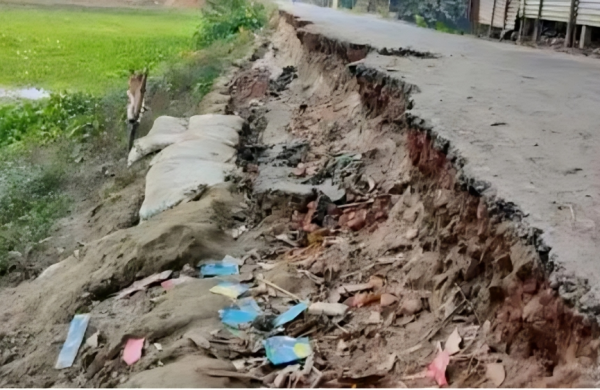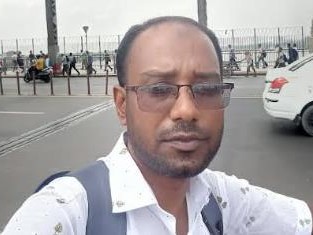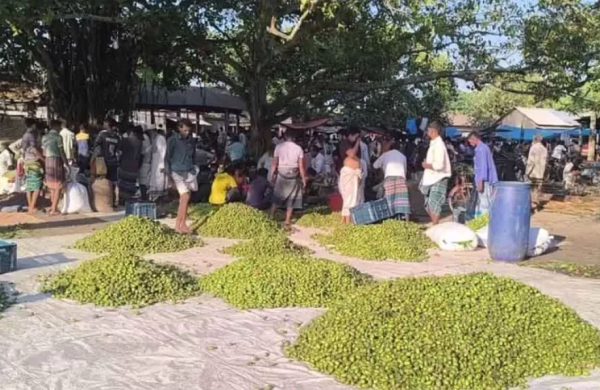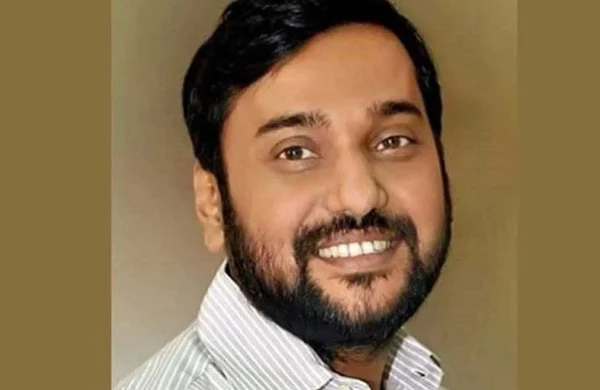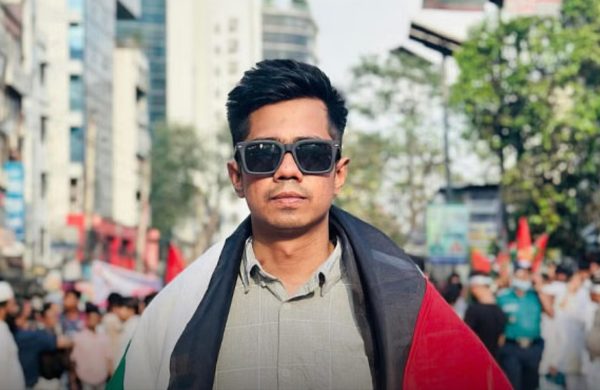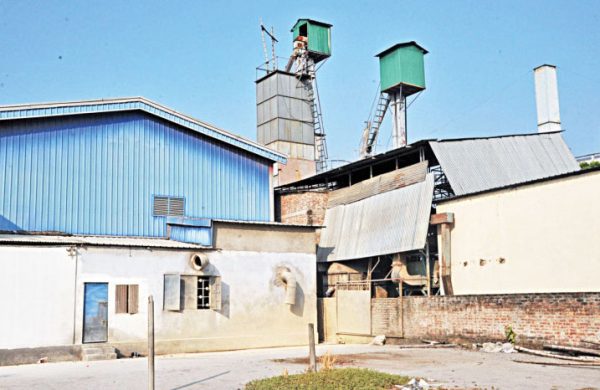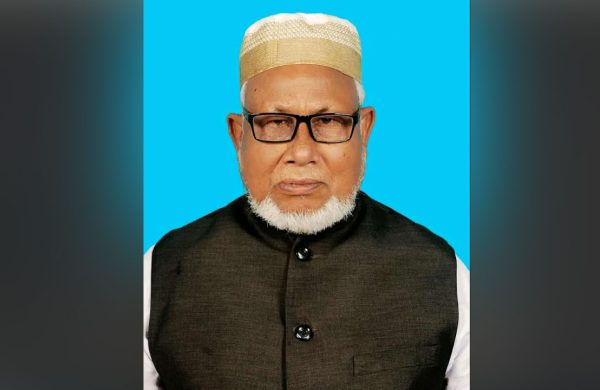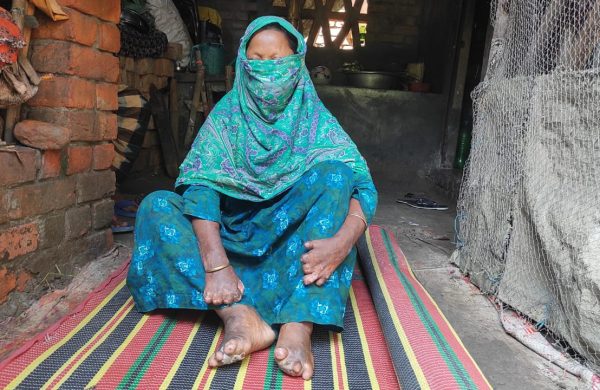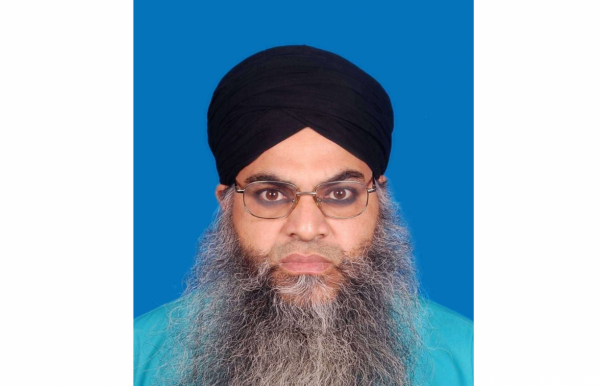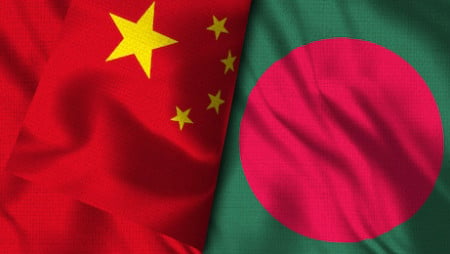Reckless drug syndicates: Infiltration through 105 points across 18 dists
- Update Time : Thursday, September 4, 2025

Staff Correspondent:
Drugs are being smuggled into Bangladesh from India and Myanmar through both land and waterways. The Department of Narcotics Control (DNC) states that Bangladesh lies at the very center of the international drug trafficking routes known as the Golden Triangle and the Golden Crescent.
The agency has identified 105 points across 18 border districts as the main entry routes for narcotics. According to the United Nations Office on Drugs and Crime (UNODC), only about 10 percent of drugs entering Bangladesh are intercepted.
DNC data reveals that drugs seized so far in the country mostly originate from the border areas of India and Myanmar. The narcotics being smuggled in include yaba, heroin, cocaine, opium, cannabis, crystal meth (ice), Phensedyl, Tapentadol, Eskaf syrup, and injectable drugs.
These substances are spreading not only in urban areas but also in rural regions. Curiosity, family unrest, unemployment, failure in love, peer pressure, bad company, frustration, and negative influences from satellite culture are pushing students and people from all walks of life into addiction.
Bangladesh shares borders with India’s West Bengal to the west, Assam to the north, Meghalaya to the north and northeast, and Tripura and Mizoram to the east. To the southeast, it borders Myanmar. Cannabis and Phensedyl are mainly smuggled in from India, while yaba and ice flow in from Myanmar. About 17 percent of the drugs entering the country end up in Dhaka and surrounding areas, while the remaining 83 percent spread nationwide.
The DNC’s recent annual report identified the following entry points across 18 districts as key drug routes:
WESTERN BORDER: Satkhira (Kalaroa, Debhata, Bhomra, Kakdangi, Palashpur); Jessore (Benapole, Putkhali, Chaugachha, Narayanpur, Sharsha, nearby areas); Chuadanga (Karopashdanga, Darshana, Jibannagar); Meherpur (Dariapur, Buripota); Rajshahi (Monigram, Charghat, Sardah, Yusuffpur, Kajla, Belpukur, Haripur, Godagari, Bagha, Rajshahi Sadar); Chapainawabganj (Bholahat, Shahbazpur, Binodpur, Sonamasjid land port, Kansat); Joypurhat (Panchbibi); Dinajpur (Ghoraghat, Fulbari, Birampur, Hili, Hakimpur, Kamalpur, Biral, Akashkarpur, Khanpur, Dainur, Maligram, Bontara).
EASTERN BORDER: Sylhet (Zakiganj, Chunarughat, Madhabpur); Brahmanbaria (Karimpur, Kasba, Akhaura, Singarbil, Paharpur, Bijoynagar); Comilla (Jagannath Dighi, Chauddagram, Golapshah, Kalikapur, Jagannathpur, Rajapur, Burichang, Brahmanpara, Bibirbazar); Feni (Chhagalnaiya, Phulgazi, Parshuram).
NORTHERN BORDER: Kurigram (Phulbari, Roumari, Bhurungamari, Nageshwari, Bashjani, Balarhat, Balabari, Kuti Chandrakona, Pathardubi, Nakargaon); Lalmonirhat (Sadar, Aditmari, Kaliganj, Patgram, Burimari); Sherpur (Jhenaigati, Nalitabari); Mymensingh (Haluaghat, Dobaura); Netrokona (Durgapur, Kalmakanda).
SOUTHERN BORDER: Cox’s Bazar (Jaliapara, St. Martin’s Island, Shahparir Island, Teknaf, Sabrang, Southpara, Dhumdhumiya, Jadipara, South Hnila, Ledapara, Chowdhuripara, Noapara, Whaikhyang, Tamru, Ukhiya, Katakhali, Balikhali, Ghumdhum, Katapahar).
Experts estimate that more than 10 million people in Bangladesh are drug-addicted. Around 600 billion taka (approx. $5.6 billion USD) is spent annually on drugs. Nearly 200,000 people are directly involved in drug networks as sponsors, traders, carriers, and dealers—this number continues to grow each year.
Drugs cause the illegal outflow of about $481 million (around 51.47 billion taka) from Bangladesh annually. Along with physical and financial destruction, drug addiction is crippling the intellectual potential of an entire generation, with young people especially falling into its deadly grip.
According to DNC’s Assistant Director (Public Relations) Mostak Ahmed, lists of smugglers, godfathers, and patrons involved in drug trafficking at various border points have been prepared. Operations are being carried out based on these lists, and actions are being taken against those involved. The DNC is also coordinating with other forces in border areas to curb drug inflows.


